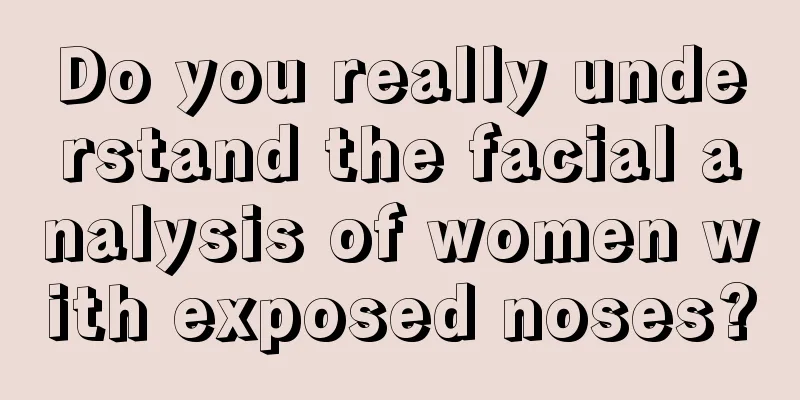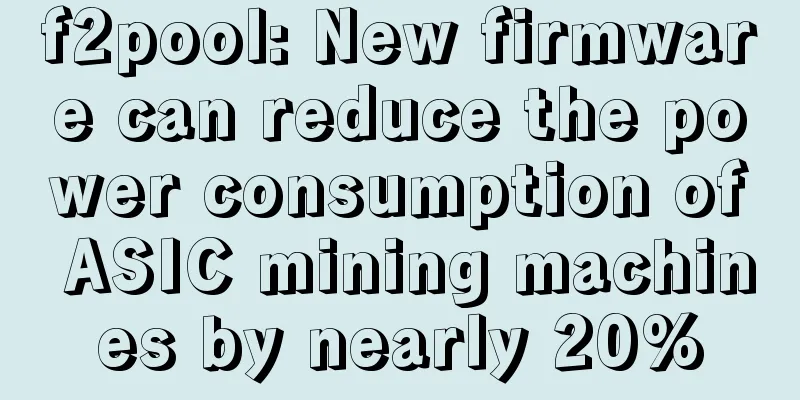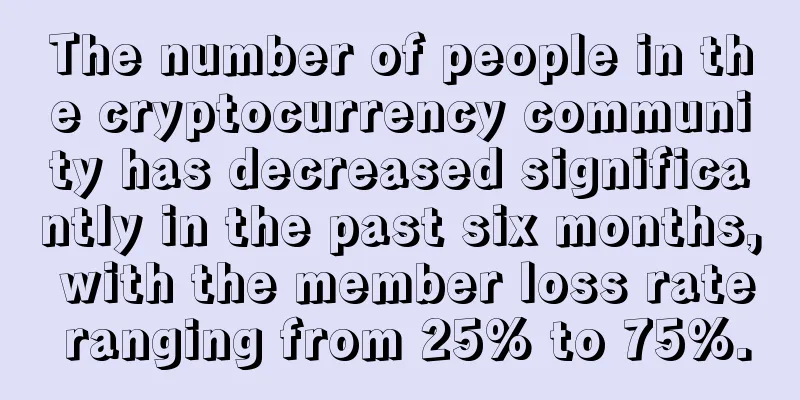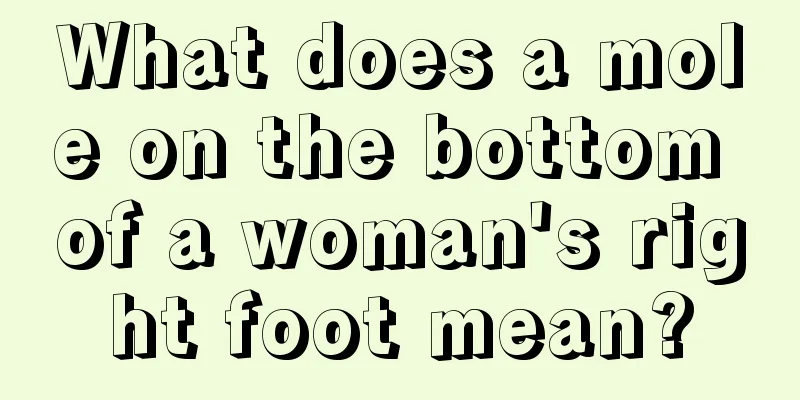What’s next for tokenization?
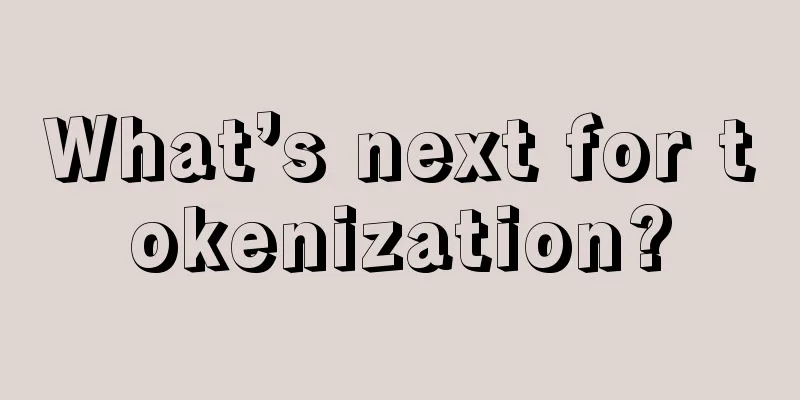
|
Tokenization has always been a concept that fascinates me. It may not seem complicated, but whenever something comes out in tokenized form, the mind share immediately turns to it. This article summarizes the details of some of the tokenization trends we have seen so far, how they are playing out, and what might happen next: 1. Tokenization of assets The initial tokenization trend.
ETH’s current FDV is $470 billion . This is the scale of the impact that tokenization will have on an asset. 2. Tokenization of Art (NFTs) The rise of NFTs has brought tokenization to the art world.
3. Tokenization of Revenue Another major shift is the tokenization of earnings.
Today, the FDV of PENDLE tokens is $1.6 billion. 4. Tokenization of AI Agents Now we are seeing the tokenization of AI agents .
Fast forward to today: the FDV of the VIRTUAL token has reached $2.5 billion . 5. Trend Discovery Across all of these categories — assets, art, income, AI agents — the pattern is clear: pioneers in each category tend to experience rapid adoption and significant price activity. So, the big question is: what’s next for tokenization? Here are some thoughts on what I'm observing: 6. Data Tokenization
VANA tokens will be launched on December 16 (listed on Binance). Be careful though, as the exact FDV is not yet clear, but the idea of tokenized data ownership could be a very big idea. 7. Tokenization of Attention
Basically, Yap = Attention = KAITO tokens . This is an interesting game about how Web3 redefines user stickiness. 8. Tokenization of AI Apps This feels like a natural extension of the trend toward AI agents.
Competitors in this field:
9. Final Thoughts Tokenization trends always generate new waves of innovation and adoption. But what people are fascinated about tokenization trends is not just the technology - it’s how they bring people together and focus on new opportunities. What will be the next big trend in tokenization? I’m not sure, but these are ideas worth keeping an eye on. |
<<: Galaxy Research Director: Future Trends of the U.S. Crypto Market and Regulatory Landscape
>>: Ethereum returns to $4,000. Have the fundamentals of its ecosystem really changed?
Recommend
What are the standards for a wife-killing appearance?
What are the standards for a wife-killing appeara...
What are the characteristics of a wealthy person who never lacks money?
For most people, wealth is the goal they pursue t...
The ears of a philandering woman
It is said that men are fickle, and women are als...
Do women with crow's feet at the end of their eyes have a lot of bad luck in love?
Many people hope that they will have good luck in...
Destiny through face reading: Which face is the most blessed for a woman?
Some women tend to have great blessings in their ...
Data shows traders planning to push FIL above $100
Derivatives data and recent protocol developments...
Uncover the facial features of people with bad luck
Uncover the facial features of people with bad lu...
Blockchain and the Art Market
Author: Huang Jun, Professor of the School of Eco...
Binance Consensys first deeply incubates mining coin Tellor, FPGA mines the next Link
Differences from Chainlink: Focus on DefiChainlin...
Is it good to have two forehead wrinkles? Is it you?
People with two forehead wrinkles have no perseve...
What does a woman with lip beads mean?
The shape of the lips is related to our fortune a...
What is the character and fate of people with narrow foreheads? Do people with narrow foreheads have good fortunes?
People with narrow foreheads are greedy If a pers...
What kind of body is lucky?
Have a double chin People with double chins are v...
The market value of stablecoins has soared by 140%, and demand has soared. Can it "boost" the Bitcoin bull market?
Recently, the total market value of stablecoins e...
Is the reason why EOS did not plummet related to DeFi and AMM?
Risk Warning ▼ ▼ ▼ According to the "Risk Wa...

